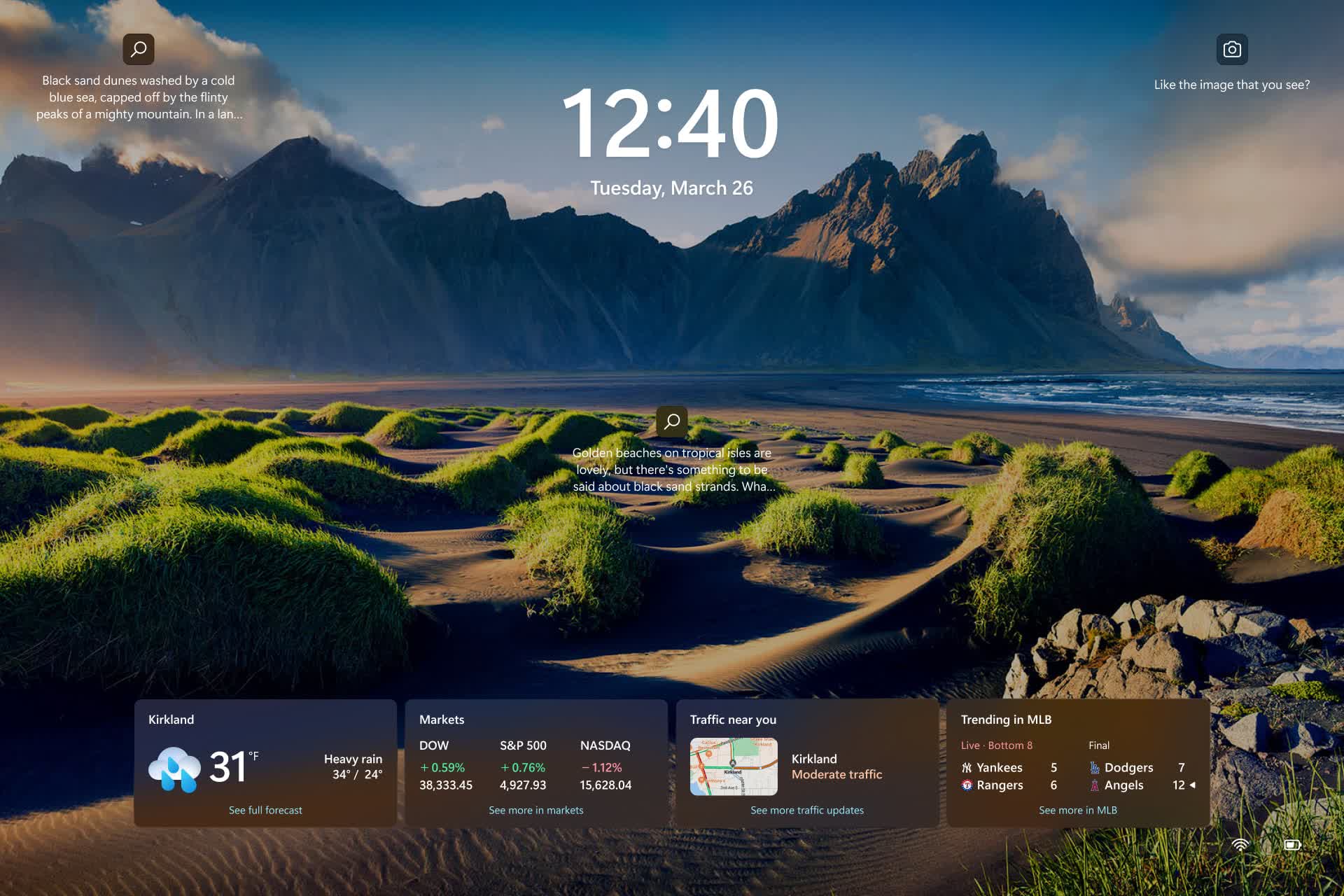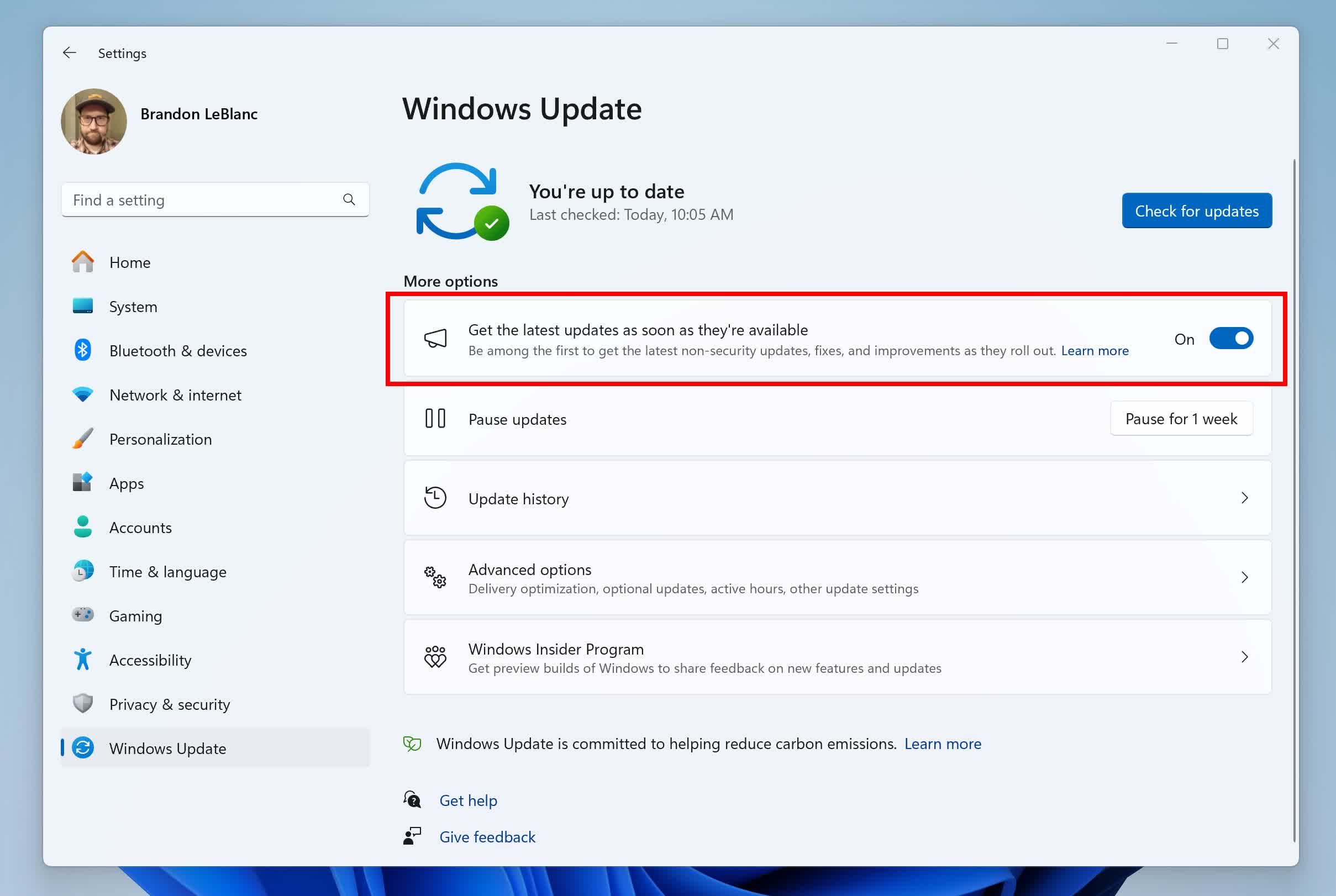A hot potato: Where to start with Windows updates. They are time-consuming and can be disruptive. And they often introduce new bugs or cause system instability, breaking previously working features or causing performance issues. Microsoft is seeking to redress some of these complaints with its introduction of checkpoint cumulative updates in Windows 11 – arguably they appear to be an improvement, but there are some potential drawbacks.
Microsoft is introducing checkpoint cumulative updates for Windows 11, positioning them as smaller, faster, and more sustainable, requiring no action from users or IT administrators.
Basically checkpoint cumulative updates allow for incremental differentials – meaning it builds on the previous checkpoint rather than including all the changes since the original release – an approach that will save time, bandwidth, and hard drive space for users and organizations, Microsoft says.
The process may involve multiple checkpoints during a Windows release lifecycle, with the servicing stack merging all checkpoints and only downloading missing content. In other words, for most update management tools, the changes will be handled automatically by the Windows servicing stack.
The end result, Microsoft says, will be smaller downloads to Windows devices, more sustainable redistribution of updates within an organization, and a better experience for annual feature updates. But some users are already expressing concerns about the new process, especially as the technology is still new and not yet widely implemented.
One commenter noted that if there's a problem with a cumulative update, it can prevent security patches from being applied since the entire cumulative update can't be installed – although it appears that this is a criticism of cumulative updates in general, not specifically of the new checkpoint system.
Also administrators who source updates from the Microsoft Update Catalog will see a change in how updates are presented. Monthly updates may contain multiple update package files – one for each checkpoint plus an additional file with the cumulative payload from the latest checkpoint. These will need to be installed sequentially using existing deployment tools.
Another worry is that the "CCUs" will add another layer to an already complex update system. For instance, it is conceivable that the new system might complicate the rollback process if issues arise after applying an update. And there's always the possibility of conflicts between different checkpoint updates or with existing system configurations.
These concerns duly noted, it appears the the benefits of smaller, faster updates outweigh the potential drawbacks, especially as Microsoft's goal is make the transition as seamless as possible.
Those who want to try this new feature can join the Insider Dev Channel and install Windows Insider Preview Build 26120.1252.

